Which of the following structures represents a chiral compound?
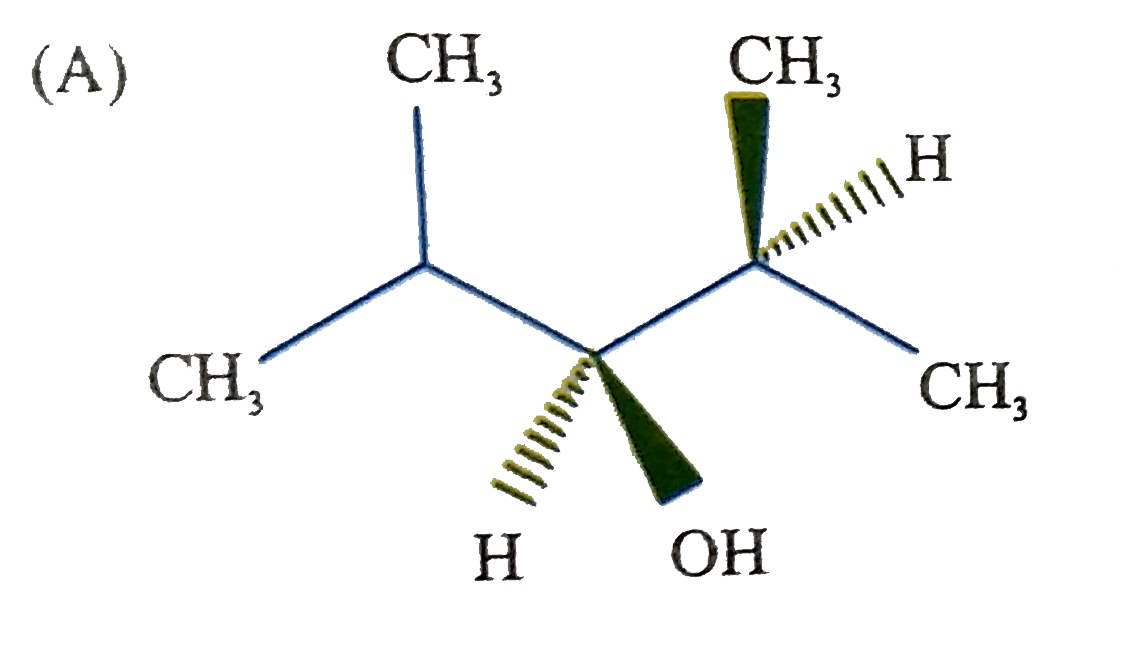
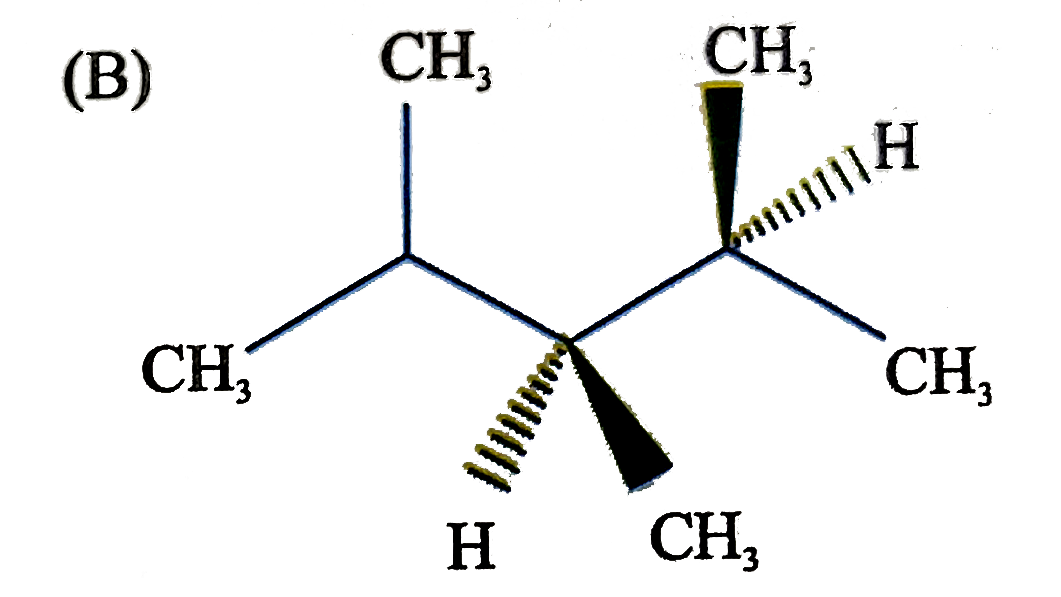

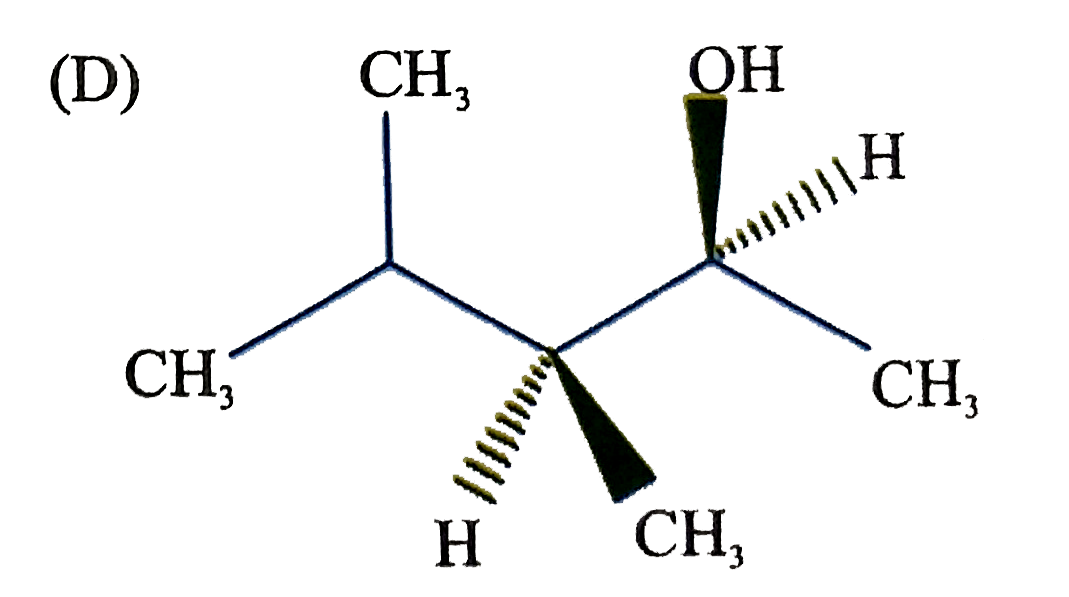
The correct Answer is:D
To determine which of the given structures represents a chiral compound, we need to identify the presence of a chiral center in each structure. A chiral center is typically a carbon atom that is bonded to four different substituents.
Step 1: Understand the Definition of Chirality
Chirality in chemistry refers to a property of a molecule that makes it non-superimposable on its mirror image. A chiral compound must have at least one chiral center, which is usually a carbon atom bonded to four different groups.
Hint: Remember that for a carbon to be a chiral center, it must have four distinct substituents.
Step 2: Analyze Each Structure
We will analyze each of the given structures one by one to identify the presence of a chiral center.
1. Structure 1:
- Check the carbon atoms for substituents.
- If a carbon has two identical groups (e.g., two methyl groups), it cannot be a chiral center.
- In this structure, we find that no carbon has four different substituents.
Hint: Look for identical groups on the carbon atoms.
2. Structure 2:
- Again, check each carbon atom.
- If any carbon has two identical substituents, it cannot be a chiral center.
- In this structure, we also find that no carbon has four different substituents.
Hint: Identify if any carbon has two identical groups.
3. Structure 3:
- Repeat the analysis for this structure.
- Check for identical substituents on the carbon atoms.
- This structure also lacks a carbon with four different substituents.
Hint: Ensure to check all carbon atoms for uniqueness in substituents.
4. Structure 4:
- Examine the substituents on the carbon atoms.
- Here, we find a carbon that has four different substituents: hydrogen (H), methyl (CH3), hydroxyl (OH), and another group.
- This carbon qualifies as a chiral center.
Hint: Look for a carbon with four distinct groups to identify chirality.
Step 3: Conclusion
After analyzing all the structures, we conclude that Structure 4 contains a chiral center because it has four different substituents attached to one of its carbon atoms. Therefore, Structure 4 represents a chiral compound.
Final Answer: Structure 4 is the chiral compound.
Chirality in chemistry refers to a property of a molecule that makes it non-superimposable on its mirror image. A chiral compound must have at least one chiral center, which is usually a carbon atom bonded to four different groups.
We will analyze each of the given structures one by one to identify the presence of a chiral center.
- Check the carbon atoms for substituents.
- If a carbon has two identical groups (e.g., two methyl groups), it cannot be a chiral center.
- In this structure, we find that no carbon has four different substituents.
- Again, check each carbon atom.
- If any carbon has two identical substituents, it cannot be a chiral center.
- In this structure, we also find that no carbon has four different substituents.
- Repeat the analysis for this structure.
- Check for identical substituents on the carbon atoms.
- This structure also lacks a carbon with four different substituents.
- Examine the substituents on the carbon atoms.
- Here, we find a carbon that has four different substituents: hydrogen (H), methyl (CH3), hydroxyl (OH), and another group.
- This carbon qualifies as a chiral center.
After analyzing all the structures, we conclude that Structure 4 contains a chiral center because it has four different substituents attached to one of its carbon atoms. Therefore, Structure 4 represents a chiral compound.
Topper's Solved these Questions
- BOOK - NARAYNACHAPTER - GENERAL ORGANIC CHEMISTRYEXERCISE - more than one answer type15videos
GENERAL ORGANIC CHEMISTRY
- BOOK - NARAYNACHAPTER - GENERAL ORGANIC CHEMISTRYEXERCISE - Comprehension7videos
GENERAL ORGANIC CHEMISTRY
- BOOK - NARAYNACHAPTER - GENERAL ORGANIC CHEMISTRYEXERCISE - Integer type questions29videos
GENERAL ORGANIC CHEMISTRY
- BOOK - NARAYNACHAPTER - GENERAL ORGANIC CHEMISTRY EXERCISE - LEVEL-II (H.W)21videos
GENERAL ORGANIC CHEMISTRY
- BOOK - NARAYNACHAPTER - HYDROCARBONS EXERCISE - EXERCISE - 418videos
HYDROCARBONS
Similar Questions
Knowledge Check
- Question 1 - Select One
Which of the following structures represent the same compound?
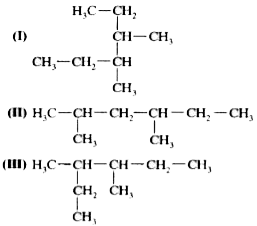 A(I) and (II)B(II) and (III)C(I) and (III)DAll are same
A(I) and (II)B(II) and (III)C(I) and (III)DAll are same - Question 2 - Select One
Which of the following structures represent the same compound?
 A(I) and (II)B(II) and (III)C(I) and (III)DAll are same
A(I) and (II)B(II) and (III)C(I) and (III)DAll are same - Question 3 - Select One
Which of the following structure represents Vanillin ?
A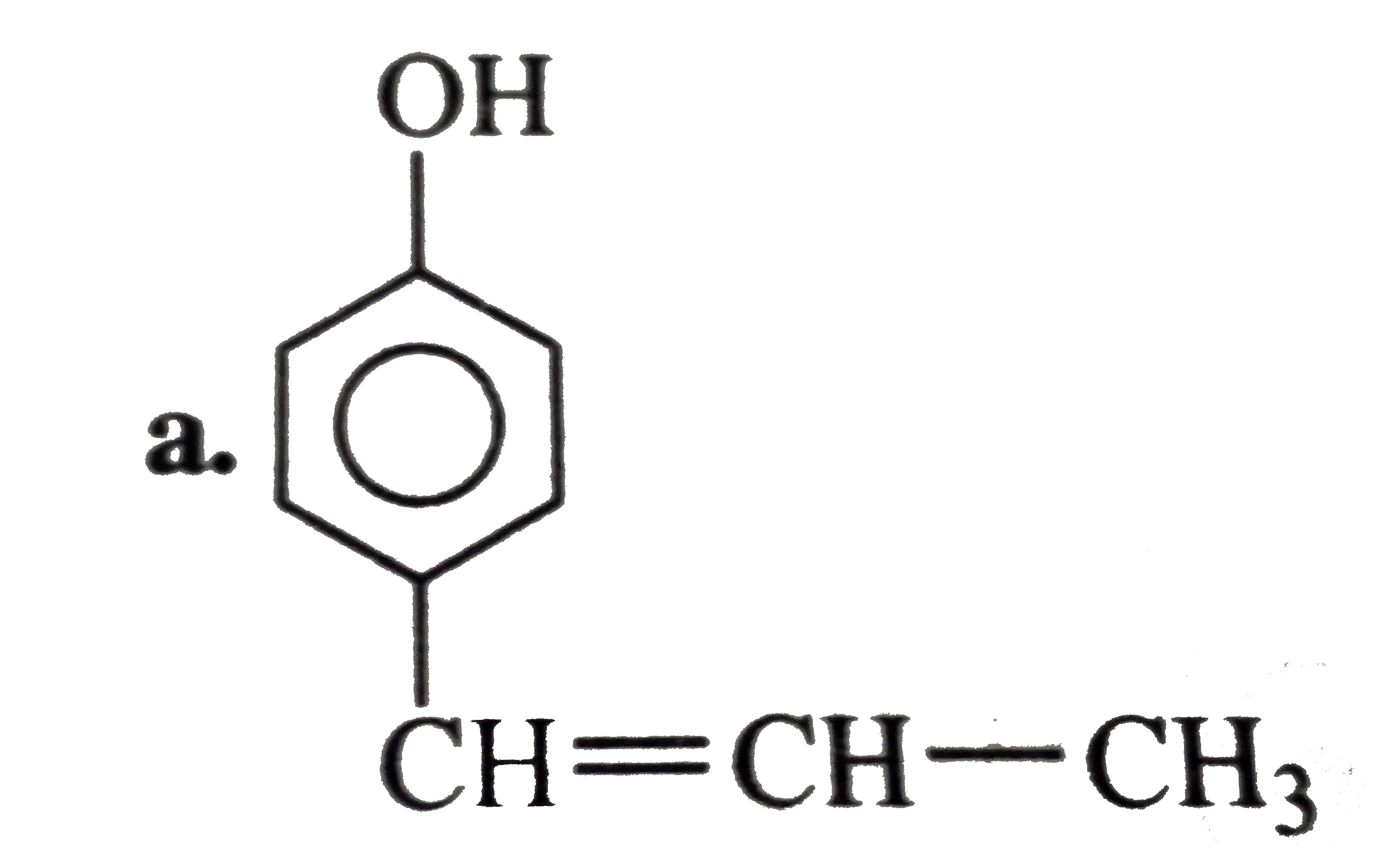 B
B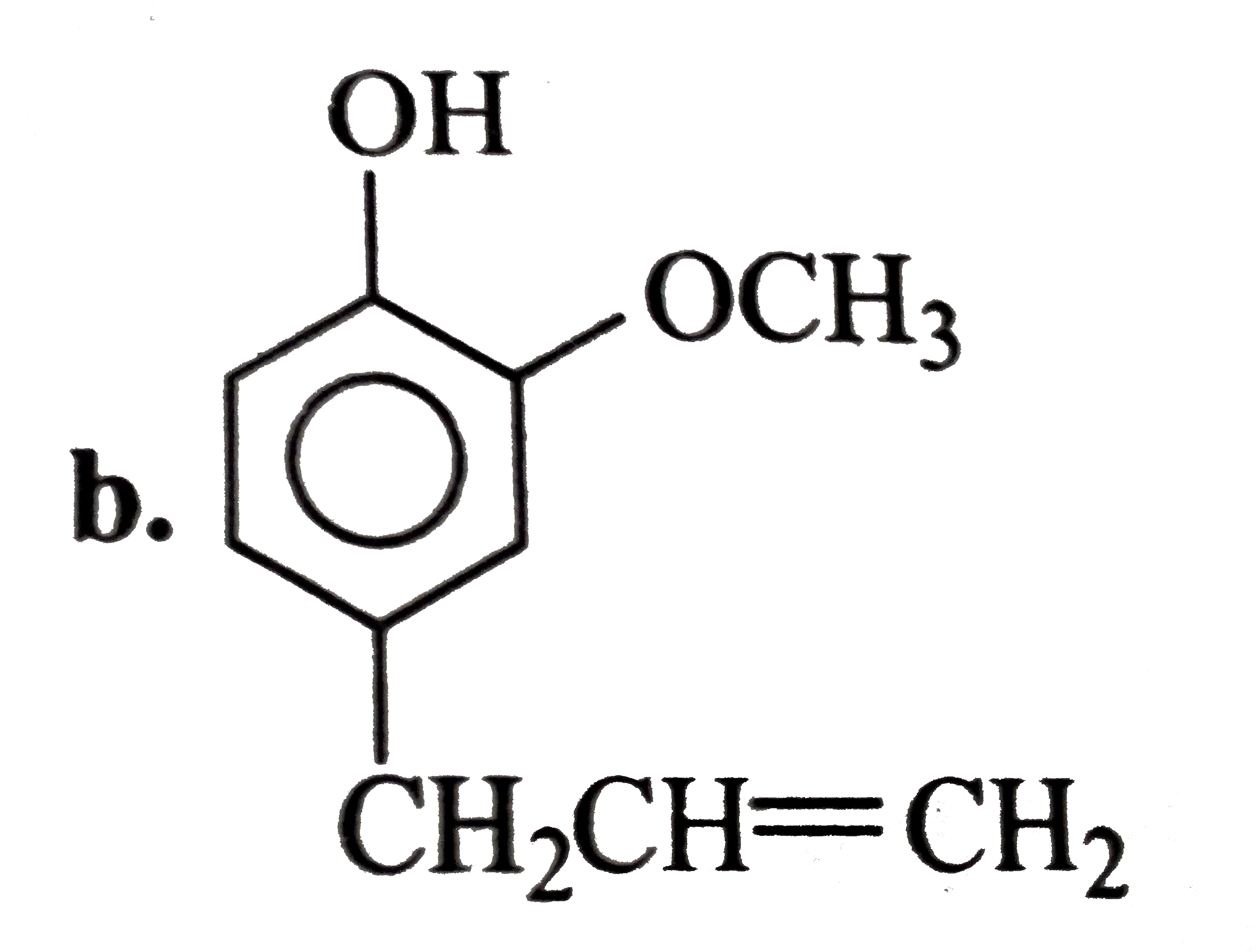 C
C D
D
Which of the following structures represent nitrolic acid ?
View SolutionWhich of the following structures represents benzanilide ?
View SolutionWhich of the following structures represent nitrolic acid ?
View SolutionWhich one of the following structures represents the neoprene polymer?
View SolutionWhich of the following structures represents the peptide chain?
View Solution

